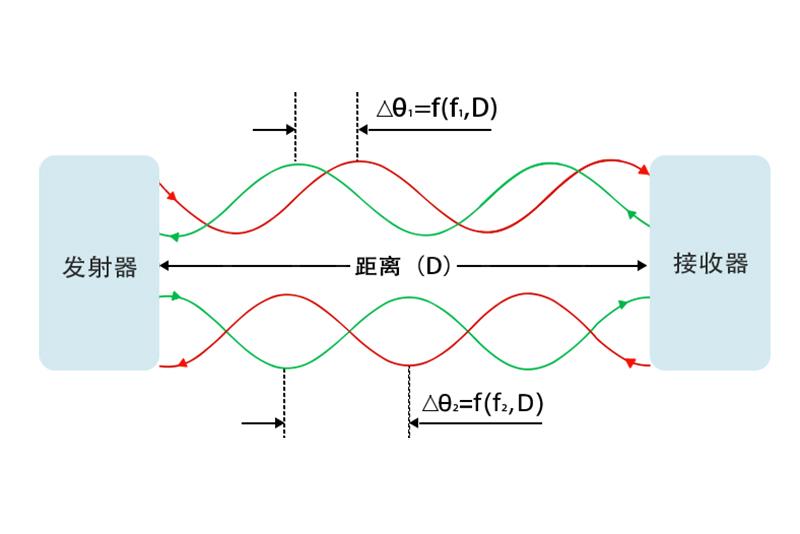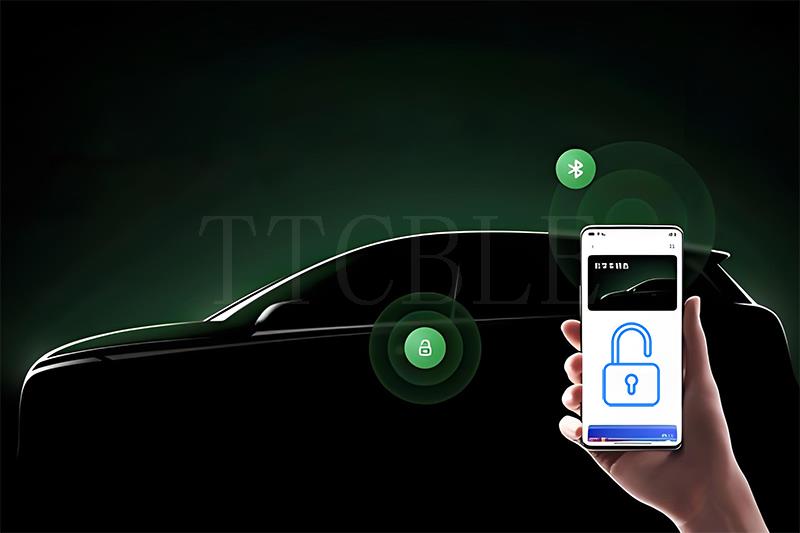The Bluetooth Special Interest Group (SIG) released the Bluetooth 6.0 core specification on September 5 this year, introducing a new Bluetooth channel sounding function. Compared with the previous protocol version, the Bluetooth channel sounding function has made a qualitative leap.

I. Introduction to Bluetooth channel sounding
Working frequency band: The working frequency band is mainly 2.4G, which is the same working frequency band as Bluetooth (2402~2480), but the difference is that the step is 1M, with a total of 79 channels. Excluding the channels near the broadcast, 72 channels are actually used;
Positioning accuracy and distance: Bluetooth channel sounding can achieve centimeter-level positioning accuracy, with a point-to-point ranging error of less than ±60CM, and a transmission distance of 80 meters in an open environment.
Technical features: Bluetooth channel sounding combines TOF technology, PBR technology, and RTT technology. Distance measurement is based on point-to-point. To achieve point-to-multipoint, handleover technology is used, that is, after the mobile phone connects to the first vehicle-side device, it passes the connection information to another anchor point, and the handshake packet and data interaction that maintain the connection are completed by the current anchor point until all anchor points have completed the interaction. The mobile phone end is not aware of this process, thereby achieving the purpose of point-to-multipoint distance measurement, thereby realizing the device positioning function.
Security: Enables additional information defined in the CS standard to prevent attacks such as MITM.
2. Advantages of Bluetooth channel sounding:
Accuracy advantage: Compared with traditional Bluetooth RSSI and AOA/AOD positioning technologies, the positioning accuracy of Bluetooth channel sounding is more advantageous, but compared with UWB, Bluetooth channel sounding still has a gap, but the positioning accuracy of Bluetooth channel sounding can meet most application scenarios, such as underground parking lots, commercial complexes, and car digital keys.
Cost advantage: The cost of Bluetooth channel sounding is lower than that of UWB, which is more conducive to the promotion of the marketization of this technology. In addition, with the feedback from the market and the advancement of the standardization process, the cost of Bluetooth channel sounding technology is expected to gradually decrease, thereby achieving higher economic benefits. The cost advantage is of great significance for promoting the application of this technology in various fields.
User base advantage: At present, mainstream electronic products already support Bluetooth technology, such as mobile phones, tablets, laptops, headphones, speakers, smart watches, etc. The Bluetooth user base is wider, the development cycle of Bluetooth channel sounding is shorter, the adaptation is faster, and various Bluetooth devices can be compatible with each other, which is more convenient to promote.

Shengrun Technology has always focused on the Internet of Things industry, and its Channel sounding related products have been widely used in automotive digital keys, smart access control, object positioning, asset management and other fields.


